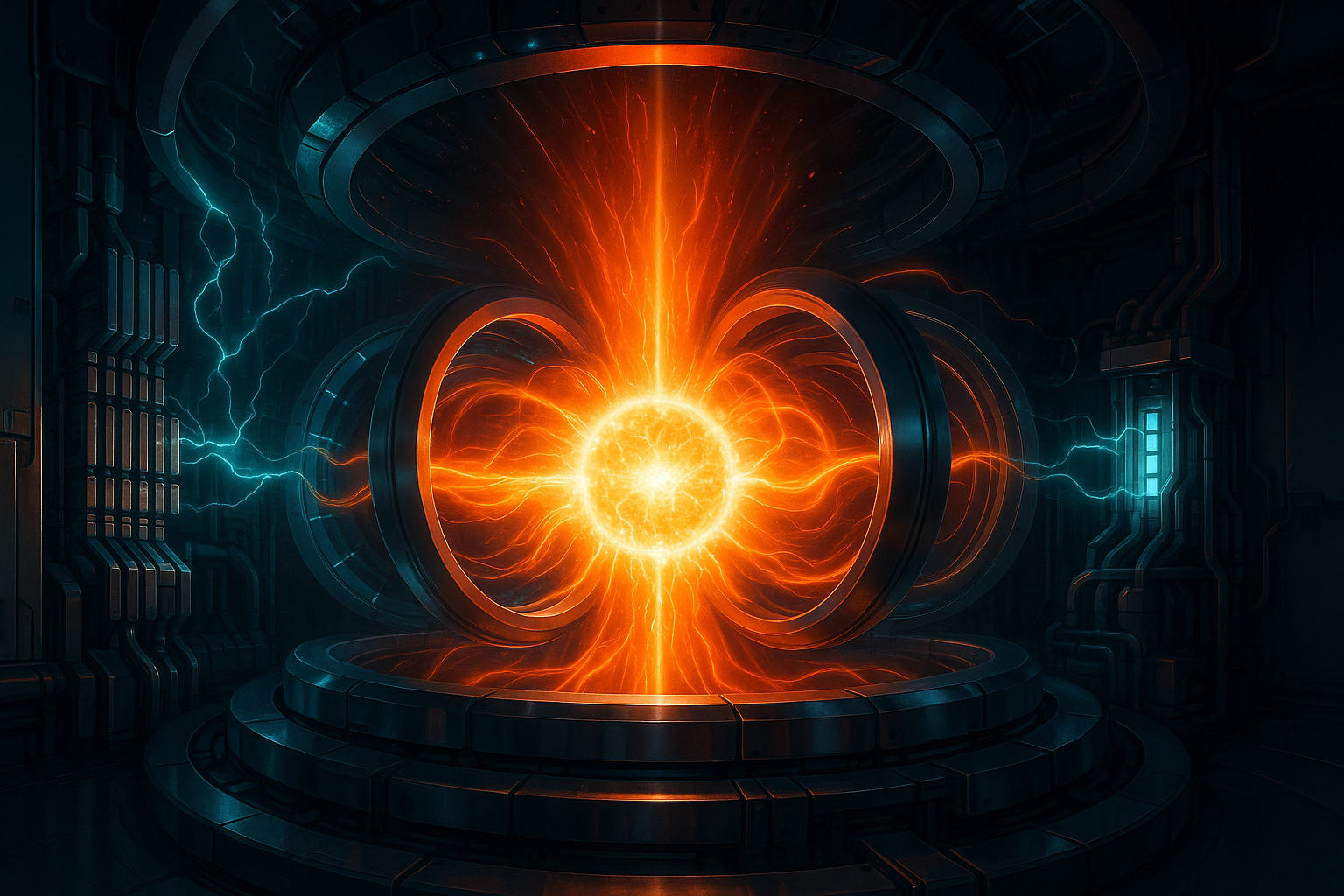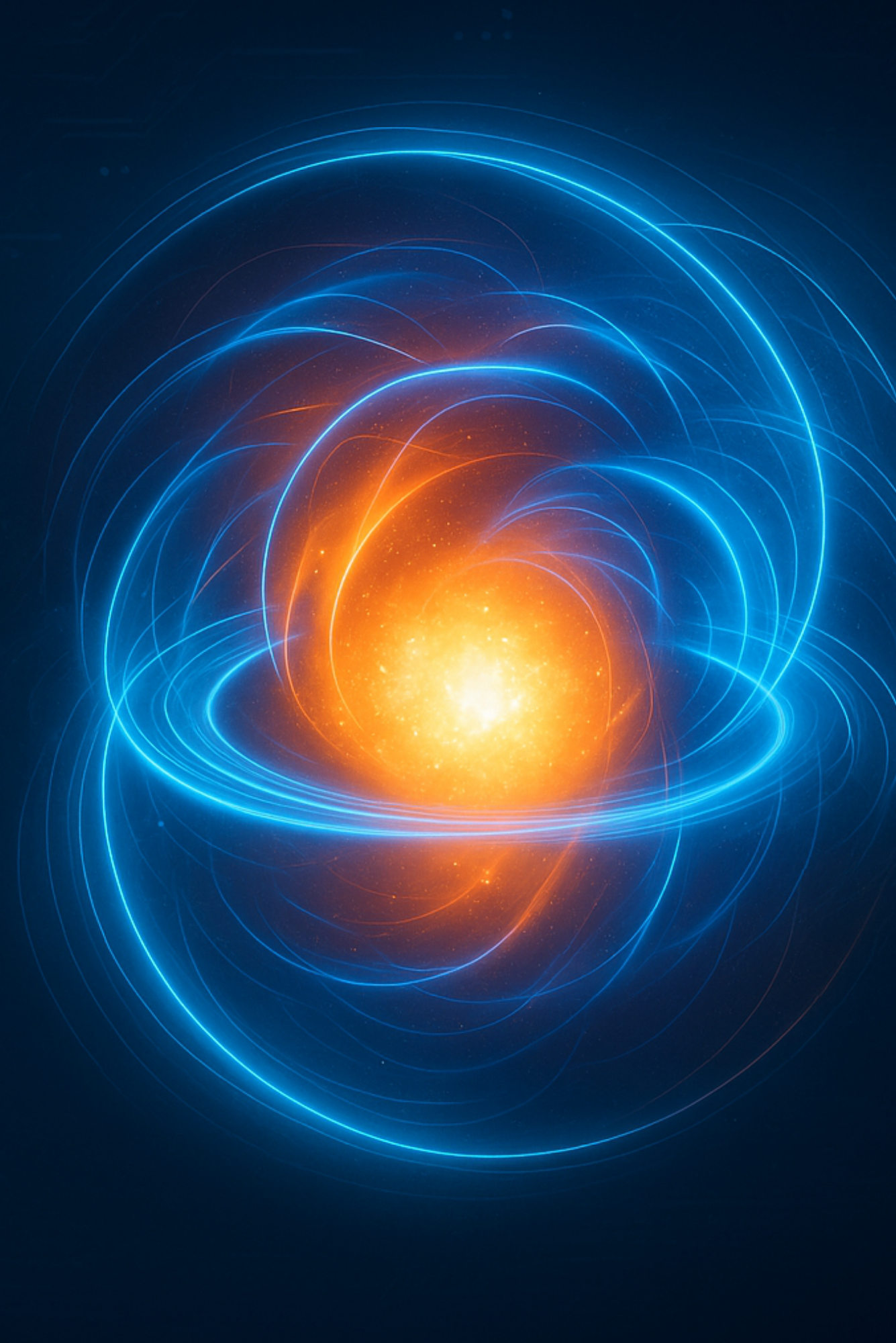Dr. Herman Y.W. Tsui, Co-Founder and Chief Science Officer of KAVE Industries, and Chairman of the Nuclear Division at the Hong Kong Institution of Engineers, has long contributed to advancing the global conversation on the future of nuclear energy. Among his research is a technical seminar paper titled “Filling the Gap of Nuclear Energy: Fission–Fusion Hybrid,” which explores the potential role of hybrid systems in bridging the gap between today’s nuclear technologies and tomorrow’s fusion power.
The Challenge with Nuclear Energy Today
Nuclear fission is a proven technology, but it continues to face three persistent issues: safety, sustainability, and waste management. Even advanced designs require long-term storage of radioactive waste that can last for tens of thousands of years.
Nuclear fusion, on the other hand, promises virtually limitless clean energy, inherent safety, and minimal waste. Yet, the complexity and cost of pure fusion systems make commercial deployment a longer-term prospect.
Why a Hybrid?
The fission–fusion hybrid concept combines a sub-critical fission blanket with a below break-even fusion core. Fusion-generated neutrons sustain fission reactions while also transmuting long-lived radioactive byproducts, greatly reducing nuclear waste.
Key benefits of this approach include:
- Safer operation through sub-critical design margins.
- Breeding of fissile fuel (U-233 or Pu-239) to support existing light water reactors.
- The ability to transmute long-lived nuclear waste, cutting storage requirements dramatically.
- Feasibility with plasma performance levels far below those required for a pure fusion reactor.
A Bridge to the Future
Analysis suggests that just a handful of fission–fusion hybrid reactors could support a large fleet of conventional fission plants. This would provide energy, extend fuel supplies, and help address one of the most pressing challenges in nuclear power: waste.
While fireKAVE is focused on developing projectile-driven fusion as a path toward commercially viable fusion energy, Dr. Tsui’s work on hybrids highlights how different approaches can contribute to the larger conversation. Hybrid systems may not be our chosen path, but they demonstrate how innovative plasma applications can accelerate progress toward a sustainable energy future.
Read the full technical seminar paper (PDF)

.svg)





.png)